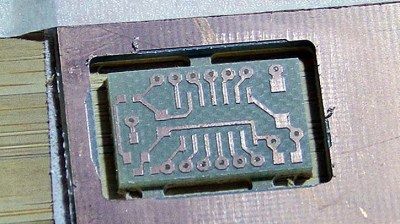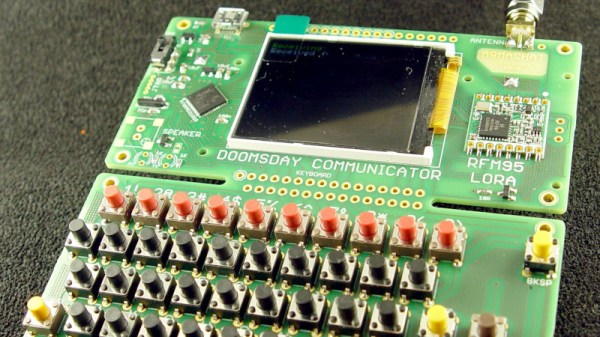If a Game Boy was a part of your childhood, you were probably more than once dreaming of spending your entire school day with it. Well, they had to wait a few more years for that, but eventually in 2015, [Asger], [baekalfen], and [troelsy] made that dream reality when they created a Game Boy emulator in Python for a university project. However, it didn’t stop there, and the emulator has since grown into a full-blown open source project, PyBoy, which just reached the version 1.0 release.
Since it started out as an academic project, the three of them had to do their research accordingly, so the background and theory about the Game Boy’s internal functionality and the emulator they wrote is summarized in a report published along with the source code. There is still some work to be done, and sadly there is no sound support implemented yet, but for the most part it’s fully functional and let’s you successfully play your own extracted cartridges, or any ROM file you happen to have in your possession.
Being an emulator, you can also inspect its inner life when run in debug mode, and watch the sprites, tiles, and data as you play, plus do cool things like play the emulation in reverse as shown in the clip below. Even more so, you can just load the instance in your own Python scripts, and start writing your own bots for your games — something’s we’ve seen in action for the NES before. And if you want to dive really deep into the world of the Game Boy, you should definitely watch the 33c3 talk about it.
Continue reading “Snakes And Ladders: Game Boy Emulator In Python”























